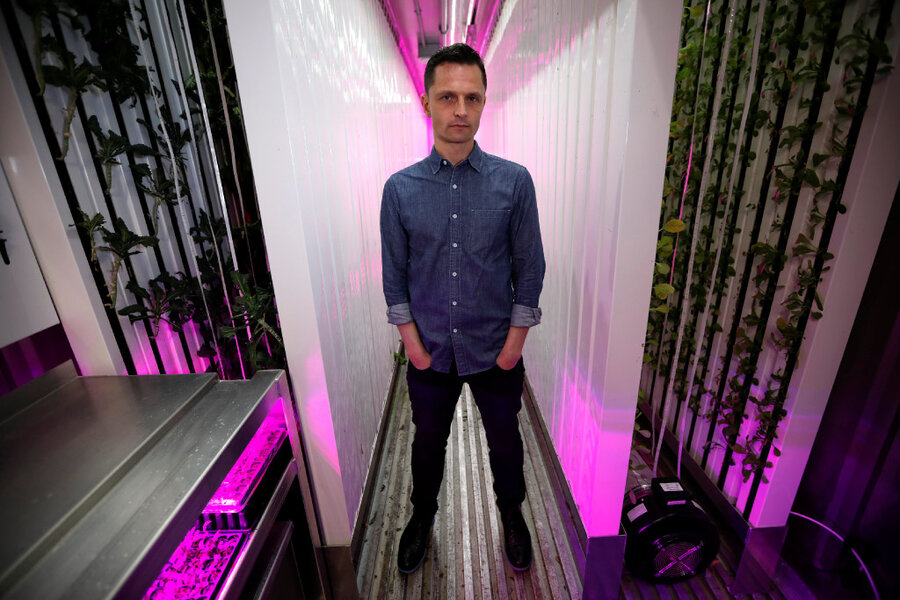Americans expand the idea of giving – and goodness
Loading...
For the third straight year, Americans have hit a record high in their giving to good causes. Last year, according to a Giving Institute survey released June 13, donations or grants by individuals and philanthropies totaled $390 billion. The biggest increase, or 6 percent, went to animal-welfare and environmental groups.
Yet these measurements of altruism have a new problem. More people are not limiting the idea of supporting good causes to only charities, churches, or other nonprofits. In the past decade, another type of giving – called “impact investing” – has taken off. This involves people putting their values into action through financing of for-profit companies involved in social causes, from reforestation to prisoner rehabilitation – while also accepting smaller returns than other investments.
An estimated one-third of affluent families now hold impact investments, according to Indiana University’s Lilly Family School of Philanthropy and U.S. Trust. And in a survey by the Global Impact Investing Network, the size of this market reached more than $113 billion last year.
The type of impact investors varies widely. They include social entrepreneurs, who apply business practices to pursue a social cause, such as sustainable farming. Or they can be traditional grant-giving foundations that direct part of their endowments toward worthwhile causes, such as solar-panel innovations. Or they can be wealthy families that invest in bonds that finance housing for the homeless.
But one type of investor could greatly increase this type of doing good. In a survey last year by Greenwich Associates and American Century Investments, one-third of institutional investors planned to increase portfolio allocations to impact investing over the next three years.
Defining what is “social good” is not always clear in such investing. Yet many nonprofits, such as the Sustainability Accounting Standards Board, are establishing metrics for these investors to follow.
For now, the trend at least breaks up old thinking about what is a nonprofit and a for-profit organization. Most of all, it expands notions of how to achieve the public good and challenges the idea that goodness itself has limits.





